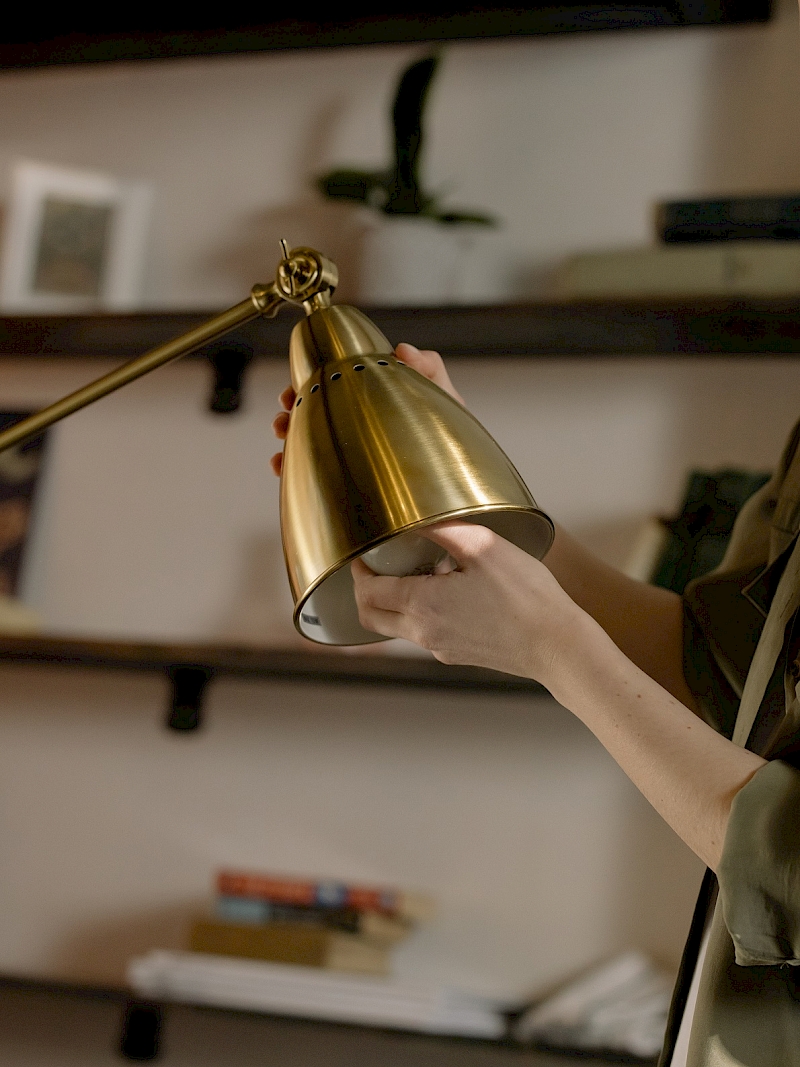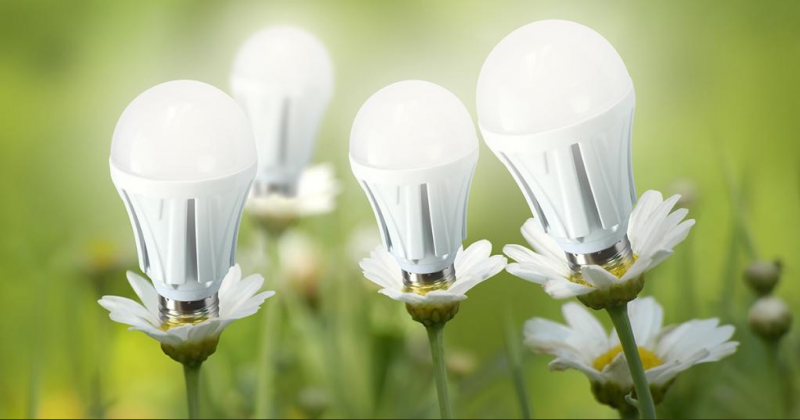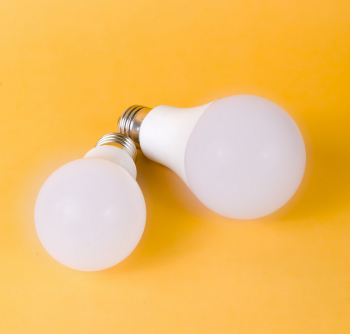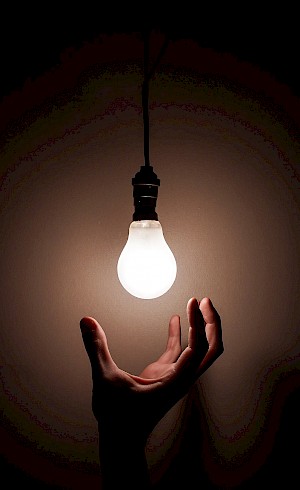Franklin Energy’s Product Division, AM Conservation, Agrees to Acquire Energy Federation, Inc.
Everything You've Been Dying to Know about LEDs (but Were Too Shy to Ask)
 Energy Federation Incorporation
Energy Federation Incorporation
Making the move from incandescent bulbs to LED bulbs is a major way to save energy and money on your utility bills. It’s widely known that LEDs are better and work hard without using up a lot of energy but it’s not always understood why they’re better. If you’ve ever wondered about the why or looked for clarity on the different styles of LEDs out there and what all these fancy terms mean (lumens, Kelvin, A19 - oh my!), you’ve landed in the right place.
First and foremost, what are LEDs and how do they save? LED stands for Light Emitting Diode - the newest, most energy-efficient form of lighting. Unlike standard incandescent bulbs that use a large amount of energy to power (much of which is wasted as heat), LED bulbs require very little, converting 95% of their energy use into light.
Less energy use reduces the demand from power plants, decreases greenhouse gas emissions, and saves you money.

How to Choose the Right LED: 3 Considerations You Should Make
Due to new technology and great variety, shopping for LEDs online is different than shopping for standard bulbs in-store. How do you know which LED is right for you? Just like with standard bulbs, the same considerations apply - will it fit, will it be bright enough, and what will it look like when illuminated?
Ask Yourself 3 Questions
To select the right LEDs for your needs, ask yourself the following:
- What bulb style and base do I need? Arguably the most important consideration, you need to choose a bulb that fits! Determine which bulb style (general use, decorative, globe, etc.) and bulb base (E12 candelabra base, E26 medium base, etc.) will work in your lamp or fixture.
- How bright do I need the bulb to be? It is a common misconception that watts = brightness, when in fact, wattage simply refers to how much energy is used to power a bulb. Instead of watts, look for lumens to measure the brightness of an LED. More lumens = more light output.
- What color temperature do I prefer? The color that a bulb emits is determined by color temperature on the Kelvin scale. The lower the bulb is on the scale, the more yellow (or warmer) the light. Bulbs higher on the scale emit light that is bluer and cooler.
Bulb Styles and Bases: A Quick Rundown
Bulb Styles
The styles of light bulbs fall into a handful of broad categories, each of which has a letter value. For example, general use light bulbs are in the "A" category. Following each of these letters is a numeric value, representing the width of the light bulb in eighths of an inch. Therefore, an A19 is a general use light bulb that is 19 eighths of an inch wide. The higher the numeric value, the larger the diameter of the light bulb.
Bulb Bases
The base of a bulb refers to its connection to the lamp or fixture it fits inside of. The most common base is an E26 medium screw base.
Examples of Bulb Styles and Bases
Bulb Styles
- A Series - Common, general use bulbs for table and floor lamps, sconces, vanities, and ceiling fixtures. Examples: A19, A21
- B Series - Decorative bulbs including candelabra, flame tip, and bullet tip for use in chandeliers, wall sconces, and pendant lights. Examples: B10, B11
- G Series - Globe bulbs are for general use, often in the open where they can be seen such as multi-socket bathroom vanities. Examples: G16, G25
- ST Series - Edison style bulbs for decorative lighting, commonly used in vintage style lamps and ceiling fixtures. Examples: ST18, ST19
- R Series - Reflector bulbs are used for spotlighting, floodlighting, and down-lighting applications. Examples: R20, R30
- BR Series - Bulged reflector bulbs redirect light for a softer appearance, often used for indoor track lighting and recessed lighting. Examples: BR20, R30
- PAR Series - Parabolic aluminized reflector bulbs concentrate light in a single area, making them great for outdoor spotlighting. Examples: PAR20, PAR38
- T Series - T (tube) bulbs are long, linear LED bulbs that replace existing fluorescent bulbs. Example: T8
Bulb Bases
- Screw bases (general and decorative lighting) - Miniature Screw (E10), Miniature Candelabra (E11), Candelabra (E12), Medium (E26)*
- Fluorescent pin bases (tube lighting) - Medium bi-pin, single pin
- Twist and lock bases - GU10, GU24
*Most common bulb base in the U.S.
 Lumens, a Measure of Brightness
Lumens, a Measure of Brightness
It is a common misconception that watts = brightness, but it is in fact lumens that measure brightness. The higher the lumens value, the brighter the light. Here's some history.
In 2007 the Energy Independence and Security Act (EISA) included provisions to improve the efficiency of general use light bulbs by at least 25%. Pre-EISA, a 1,600 lumen general use incandescent lamp would typically consume 100 watts of electricity, but post-EISA a general use lamp could consume no more than 72 watts of electricity.
Kelvin, a Measure of Color
The correlated color temperature (CCT) is the color of a bulb, measured in degrees Kelvin. The lower the value, the "warmer" (more yellow) the color of the light. The higher the value, the "cooler" (bluer) the light. The most common color temperature is 2,700 degrees Kelvin (soft white).
Subscribe
Resources
Latest Updates
Customer Testimonials
Lets Talk!
Reach your customers & Exceed your goals
Contact EFI